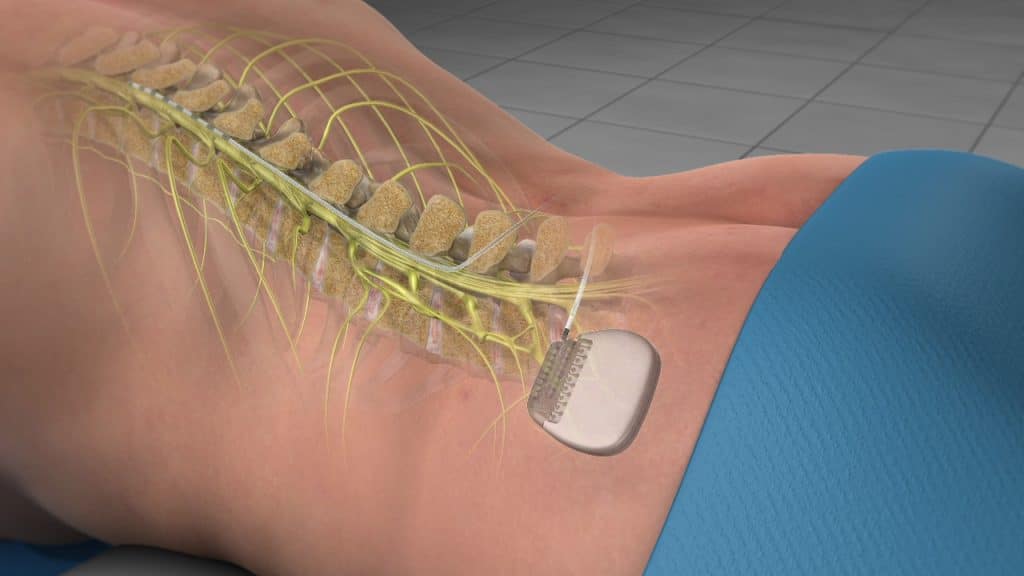Chronic pain can make simple daily tasks very difficult to manage. Spinal cord stimulation offers relief for many people with persistent pain. The treatment involves implanting a small device near the spinal cord. This device sends electrical signals that alter how the brain senses pain.
Instead of sharp pain, patients often feel a gentle tingling or much less discomfort. Doctors customize spinal cord stimulation devices to match each patient’s specific pain patterns. This tailored approach improves the overall success of the treatment. Personalization helps patients gain better control over their pain.
Who Can Benefit from Spinal Cord Stimulation
The procedure helps people with various types of chronic pain. Many patients find relief after back surgery using SCS. It also benefits those suffering from Complex Regional Pain Syndrome (CRPS), which causes severe pain after injury. People with diabetic or peripheral neuropathy often experience pain reduction through SCS.
Even patients with persistent post-surgical pain report improvements with spinal cord stimulation. While SCS does not cure pain, it lowers pain intensity and impact. This treatment can improve daily life for many patients.
Key Benefits of the Treatment
Many patients notice a significant reduction in pain soon after starting this treatment, allowing them to resume their normal daily activities. This relief often leads to a decreased reliance on opioid medications, which can cause various harmful side effects. Using a small remote, patients can easily adjust the stimulation intensity to match their changing pain levels throughout the day. This control helps personalize the treatment and improve overall comfort.
The implantation procedure for this therapy is minimally invasive, resulting in a shorter and easier recovery compared to more extensive surgeries. Because of this, many patients consider it a safer alternative to other pain management options. If the device no longer meets their needs or if they choose to stop treatment, patients have the option to have it removed. This reversibility provides patients with added freedom and confidence in managing their care.
The Trial Period and Patient Control
Doctors offer a trial period before the permanent implant. Patients use external equipment to test pain relief. This trial phase helps them decide if the treatment is the right option. It gives a clear idea of expected results before surgery.
Patients can adjust stimulation levels during the trial and after implantation. They control the intensity based on daily pain levels. This flexibility makes pain management more personal and responsive. The device puts control directly in the patient’s hands.
Take the Next Step with Spinal Cord Stimulation
If other treatments have failed, this therapy might offer a new path. It helps people with ongoing pain after surgery or medication. A doctor will review your health, pain history, and willingness to try the procedure. Though rare, risks like infection or device issues can occur.
Many patients feel the benefits of this treatment outweigh the possible downsides. It reduces pain and lowers the need for medication. It also gives patients more control over their daily comfort. Taking the first step with a pain specialist could lead to lasting relief.







